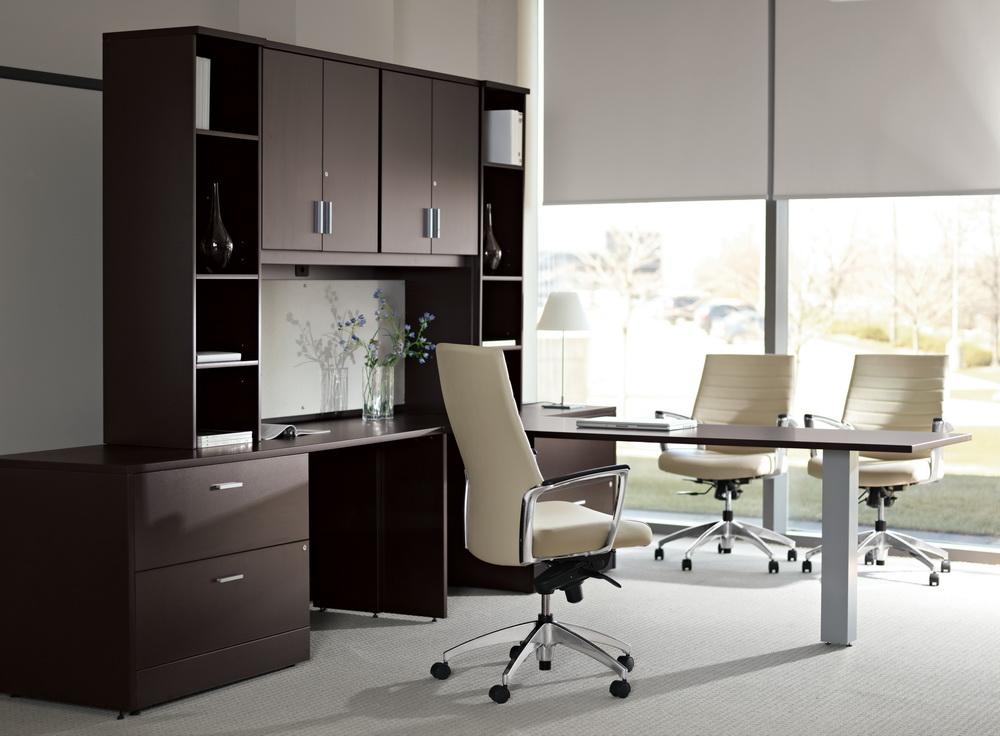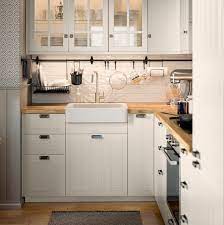When it comes to enhancing the aesthetics and value of your home, few things compare to the timeless beauty and durability of wood flooring. However, selecting the perfect wood flooring can be a daunting task due to the myriad of options available. To help you make an informed decision, this comprehensive guide will walk you through the key factors to consider when choosing wood flooring for your space.
1. Types of Wood Flooring
Before diving into the selection process, it’s essential to understand the different types of wood flooring available:
a. Solid Hardwood Flooring: This is the most traditional and durable option, made from a single piece of wood. It can be sanded and refinished multiple times, lasting for generations.
b. Engineered Wood Flooring: Engineered wood consists of a real wood veneer layer on top of a plywood base. It’s more stable than solid hardwood and suitable for areas with fluctuating humidity levels.
c. Laminate Flooring: While not real wood, laminate flooring offers a wood-like appearance with a protective, easy-to-maintain surface. It’s budget-friendly and suitable for high-traffic areas.
d. Bamboo Flooring: Bamboo is an eco-friendly option known for its durability and unique appearance. It’s a sustainable choice for those concerned about environmental impact.
2. Consider Your Lifestyle
Your lifestyle and the specific needs of each room should guide your wood flooring choice:
a. High-Traffic Areas: For areas with heavy foot traffic, like the living room or hallway, solid hardwood or engineered wood flooring is a wise choice due to their durability.
b. Moisture-Prone Areas: In bathrooms or kitchens where moisture is a concern, consider engineered wood or laminate with moisture-resistant features.
c. Pets: If you have pets, opt for harder wood species like oak or hickory, as they are less likely to show scratches and dents.
d. Allergies: For allergy sufferers, wood flooring is a great option as it doesn’t trap allergens like carpets can. Regular cleaning will help maintain a healthy indoor environment.
3. Wood Species and Finishes
Wood flooring comes in various species, each with its unique characteristics. Some popular choices include oak, maple, cherry, and walnut. Consider the following when selecting a wood species:
a. Colour: Different species offer varying shades, from light to dark. Choose a colour that complements your interior design.
b. Grain Pattern: The grain pattern can be straight, wavy, or pronounced. Select one that aligns with your aesthetic preferences.
c. Finish: Choose between matte, satin, or gloss finishes. Matte finishes hide scratches better, while gloss finishes add a luxurious sheen.
4. Budget Considerations
The cost of wood flooring varies depending on the type, species, and quality. Solid hardwood tends to be more expensive than engineered wood or laminate. Consider your budget and explore options that offer the best balance between quality and affordability.
5. Installation Methods
Wood flooring can be installed using various methods:
a. Nail-Down: Common for solid hardwood, where planks are nailed to a subfloor.
b. Glue-Down: Suitable for engineered wood or bamboo, where planks are glued to the subfloor.
c. Floating: Ideal for laminate flooring, where planks click together and “float” over an underlayment.
6. Maintenance and Durability
Different wood flooring types require varying levels of maintenance. Solid hardwood can be sanded and refinished, while laminate and engineered wood have protective coatings that may need occasional touch-ups. Regular cleaning and proper care will extend the lifespan of your wood flooring.
7. Environmental Considerations
If eco-friendliness is a concern, look for wood flooring certified by organizations like the Forest Stewardship Council (FSC) that ensures sustainable harvesting practices.
8. Seek Professional Advice
Choosing the perfect wood flooring is a significant investment, so don’t hesitate to consult with a flooring professional. They can provide recommendations based on your specific needs and budget.
In conclusion, selecting the perfect wood flooring involves considering the type, your lifestyle, wood species, finishes, budget, installation methods, maintenance, and environmental impact. By carefully evaluating these factors, you can make an informed decision that will enhance the beauty and functionality of your space for years to come. Wood flooring is not just a floor covering; it’s an investment in the future of your home.














